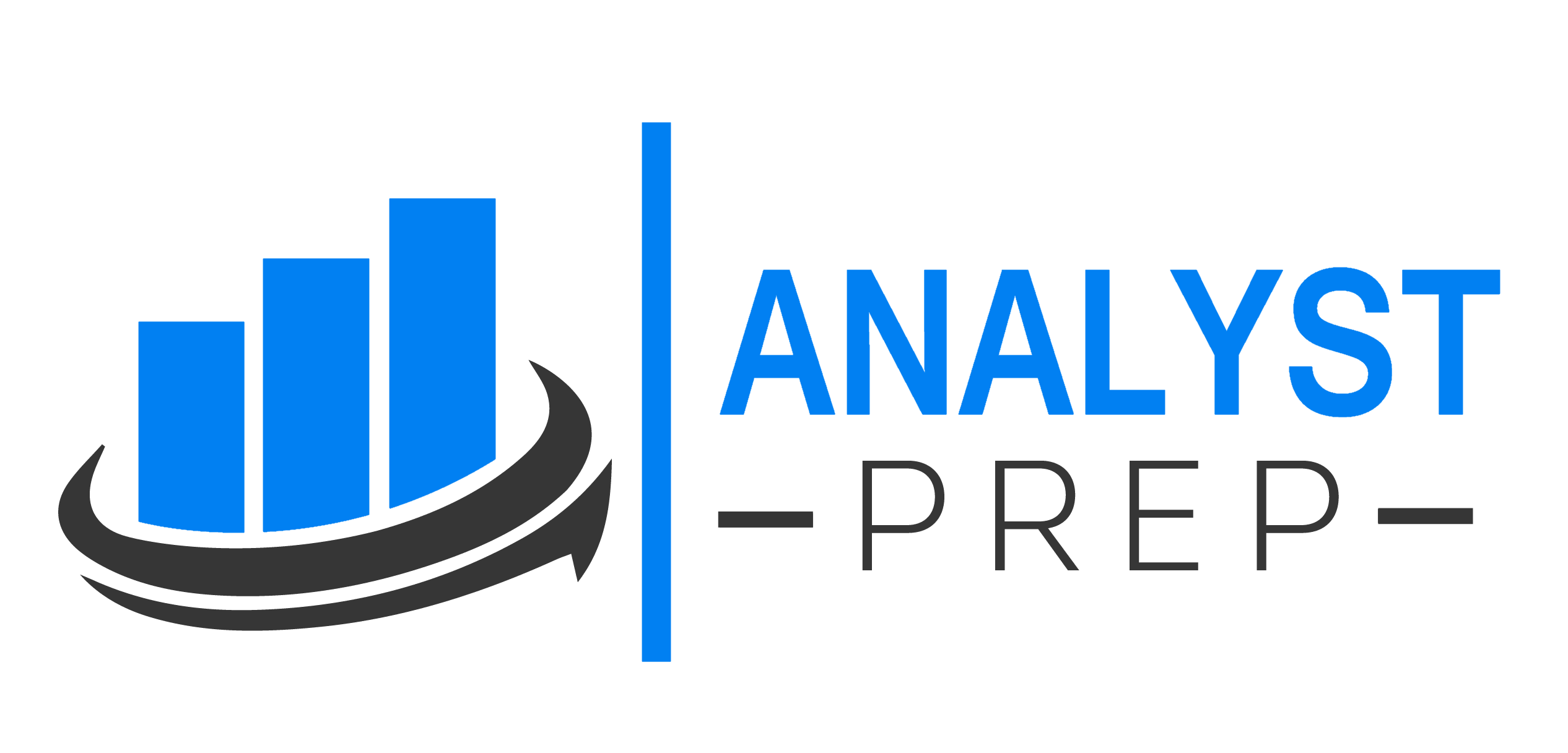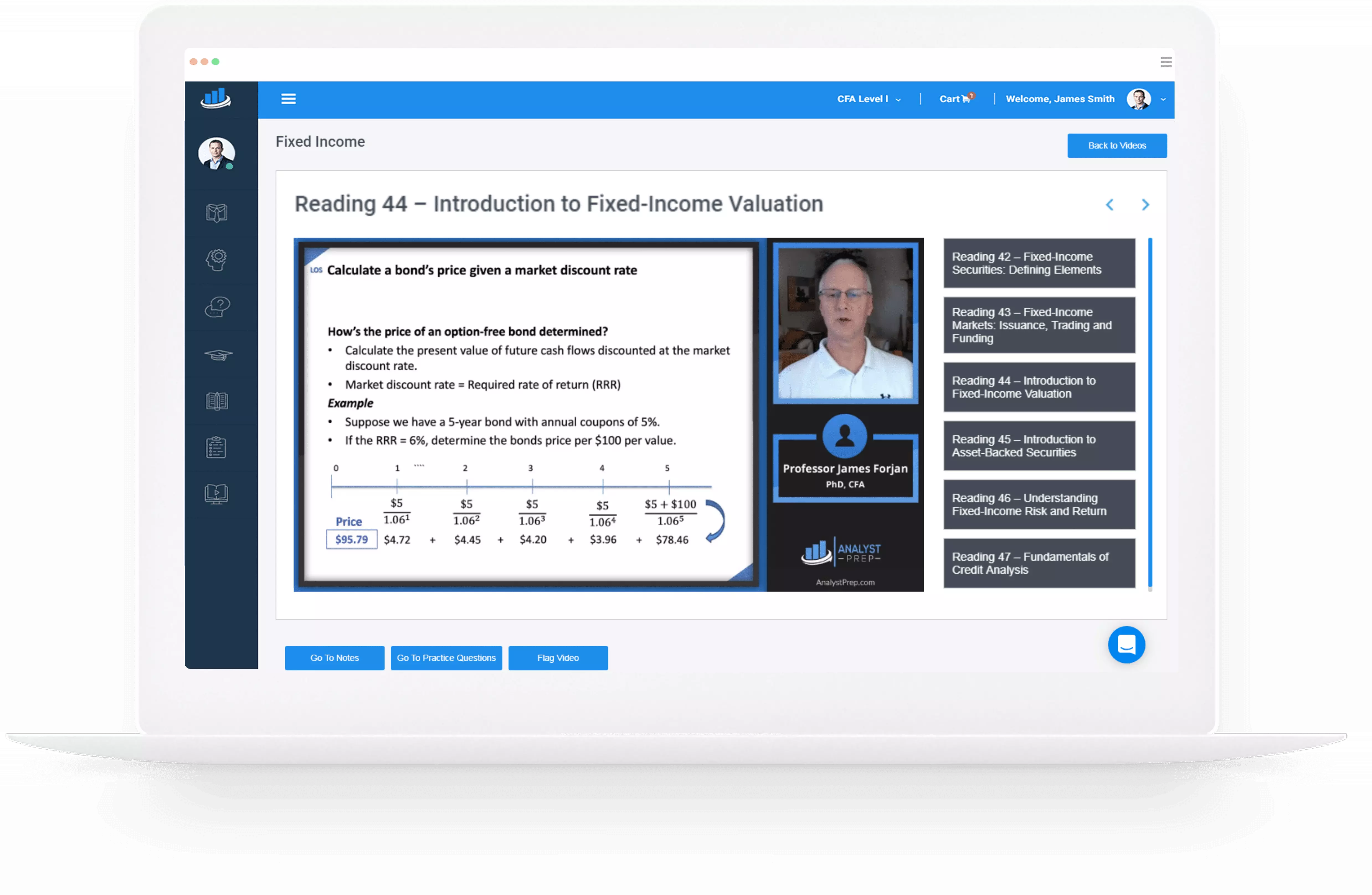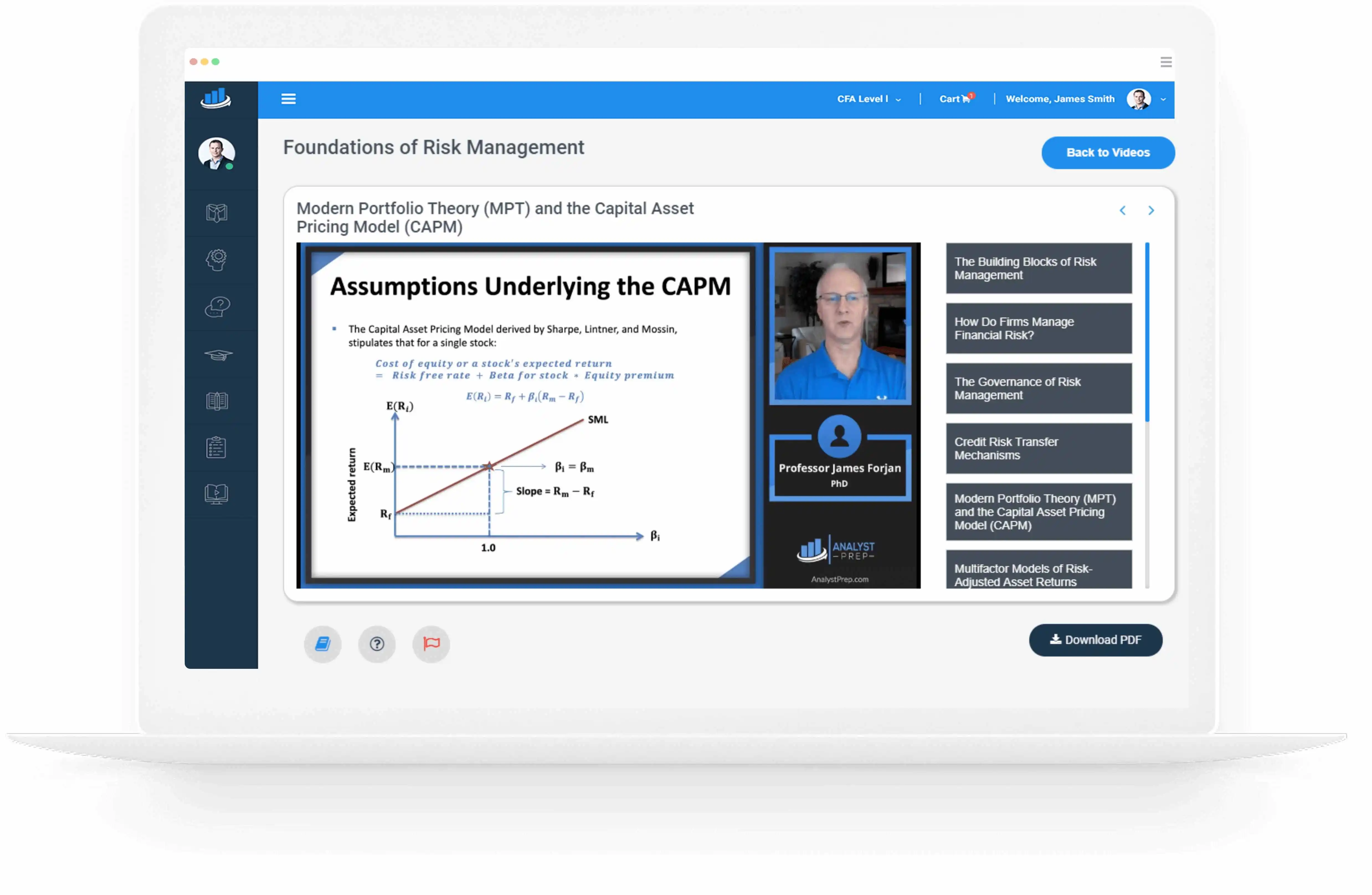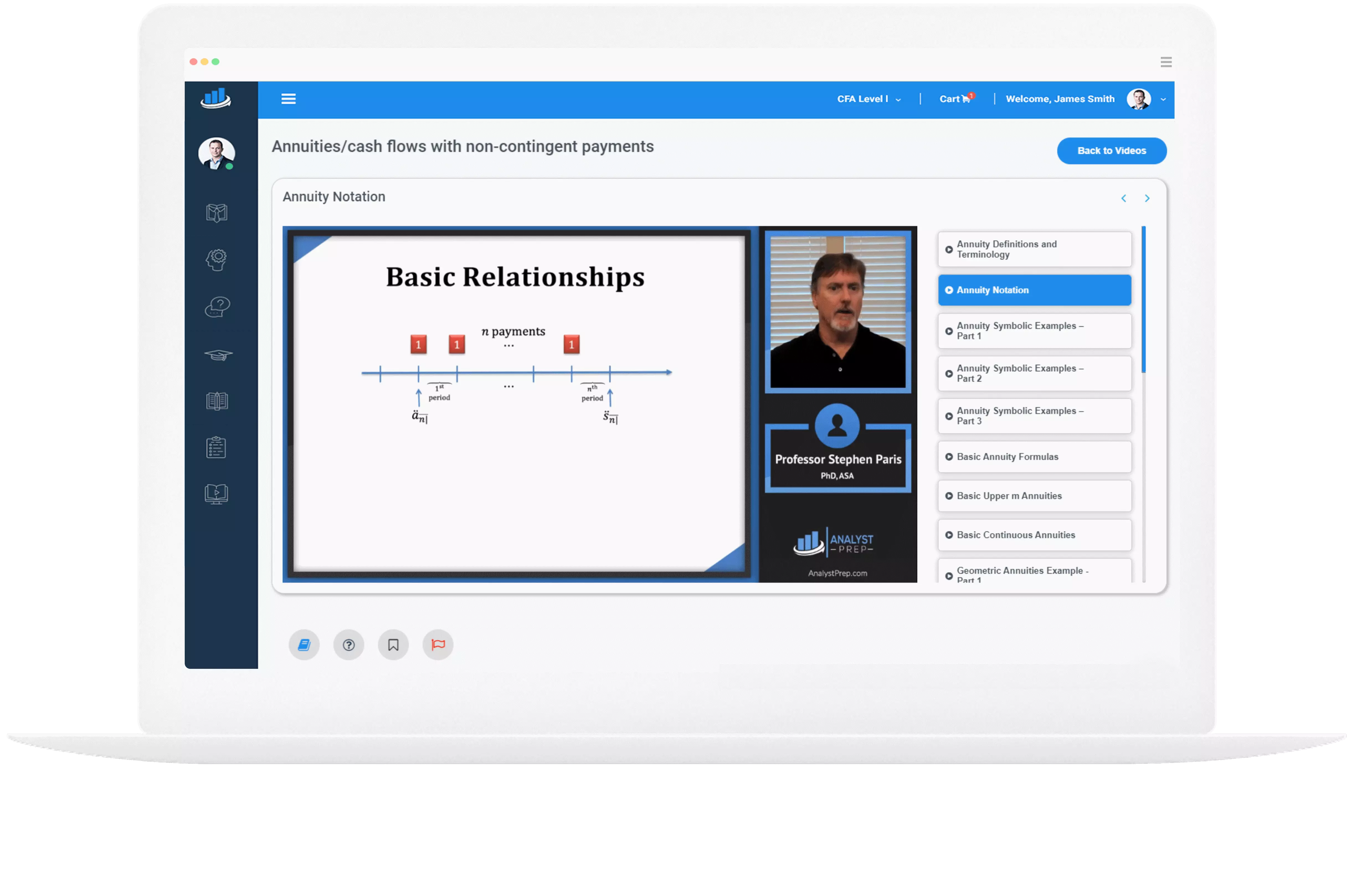Compare Methods of Calculating GDP
[vsw id=”cRMasYNNsVA” source=”youtube” width=”611″ height=”344″ autoplay=”no”] There are two approaches that are used in the calculation of the Gross Domestic Product (GDP). The first one is the income approach. This method measures GDP as a summation of all income generated…
Comparison Among GDP, National Income, Personal Income, and Personal Disposable Income
[vsw id=”cRMasYNNsVA” source=”youtube” width=”611″ height=”344″ autoplay=”no”] GDP GDP stands for Gross Domestic Product. It refers to the market value of all goods and services produced within an economy in a given period of time. Equivalently, GDP also refers to the…
Explain the Fundamental Relationship Among Saving, Investment, Fiscal Balance, and Trade Balance
[vsw id=”cRMasYNNsVA” source=”youtube” width=”611″ height=”344″ autoplay=”no”] Saving and investing are often used interchangeably, but there is a difference between them. Saving is setting aside money for emergencies or a future purchase. On the other hand, investing is buying assets such…
Fluctuations in Aggregate Demand and Supply
[vsw id=”cRMasYNNsVA” source=”youtube” width=”611″ height=”344″ autoplay=”no”] Economists believe that business cycles and fluctuations in GDP levels result from a shift in the aggregate demand or supply curve. The Business Cycle The business cycle (economic expansions and contractions) is mainly caused…
How IS and LM Curves Combine to Generate the Aggregate Demand Curve
[vsw id=”cRMasYNNsVA” source=”youtube” width=”611″ height=”344″ autoplay=”no”] Also known as the Hicks-Hansen model, the IS-LM curve is a macroeconomic tool used to show how interest rates and real economic output relate. IS refers to Investment-Saving while LM refers to Liquidity preference-Money…
Distinguish Long-run Full Employment, Recessionary Gap, Inflationary Gap and Stagflation
[vsw id=”cRMasYNNsVA” source=”youtube” width=”611″ height=”344″ autoplay=”no”] Long-run Full Employment Long-run full employment equilibrium occurs when the aggregate demand (AD) curve cuts the short-run aggregate supply curve (SRAS) at a point on the long-run aggregate supply curve (LRSS): Since the intersection…
Describe Theories of the Business Cycle
[vsw id=”IP3HiHY1YA0″ source=”youtube” width=”611″ height=”344″ autoplay=”no”] Various economists have formulated several theories in a bid to try and demystify the concept of business cycle. 1. Models With Money Inflation is often considered a consequence of the business cycle. When monetary…
Explain Inflation, Hyperinflation, Disinflation and Deflation
[vsw id=”IP3HiHY1YA0″ source=”youtube” width=”611″ height=”344″ autoplay=”no”] Inflation Inflation is the persistent increase in the general price level of goods and services in an economy over a given period of time. Fewer goods and services are bought when price levels rise…
The Construction of Indices Used to Measure Inflation
[vsw id=”IP3HiHY1YA0″ source=”youtube” width=”611″ height=”344″ autoplay=”no”] Since inflation is impactful on the general price level of an economy, it is tantamount to measure inflation using a price index. As such, it is important to understand how a price index is…
Compare Monetary and Fiscal Policy
[vsw id=”KKHi1HKTpD4″ source=”youtube” width=”611″ height=”344″ autoplay=”no”] Monetary policy and fiscal policy refer to government policies and tools used to control macroeconomic variables and financial markets. Whenever economic activities start to slow down, these tools are used to accelerate growth. Similarly,…




